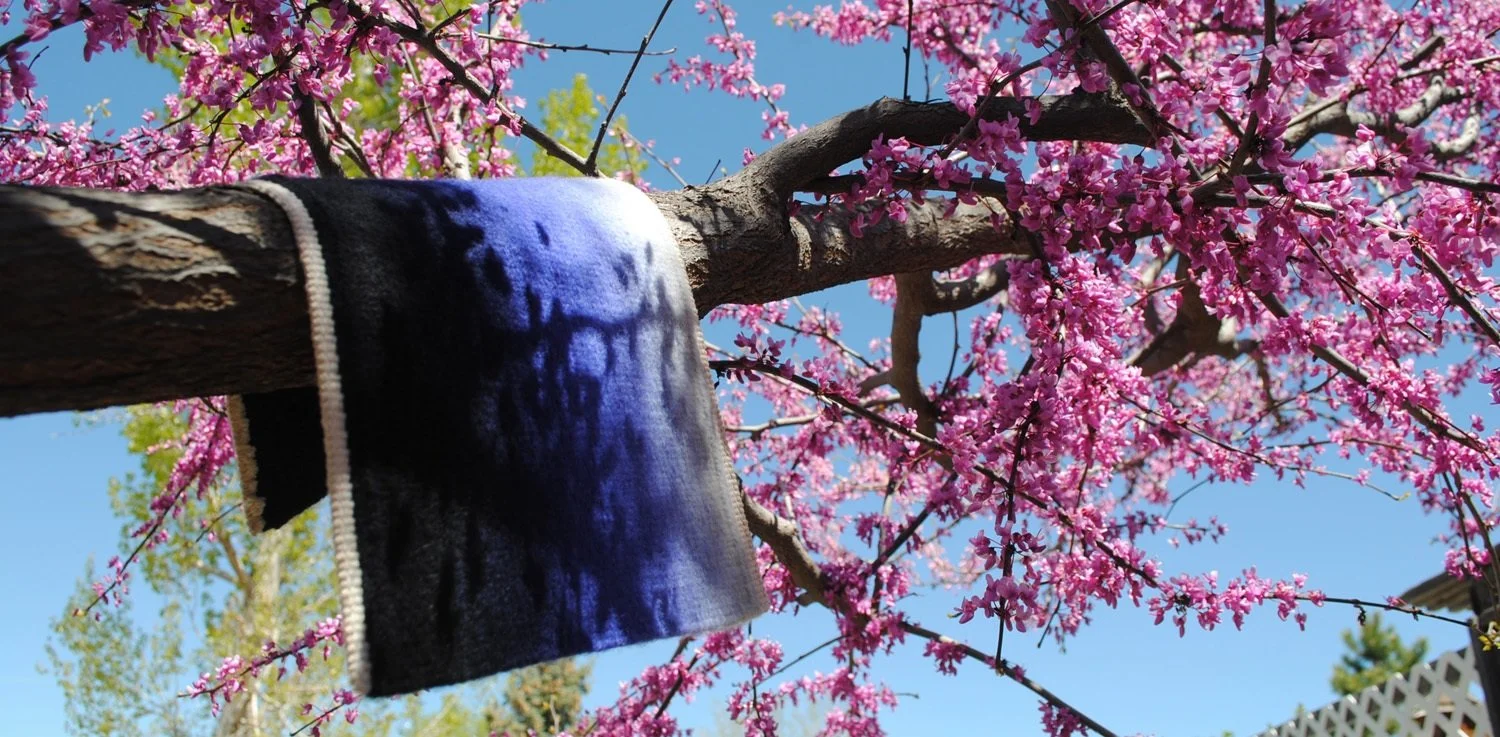When applying for this residency, I designed a project working with Icelandic fleece. I wasn’t even sure I would be get my hands on any raw fleece, but I managed to find a source through the friend of a friend and have been playing with the little bits I have. I am looking at how Icelandic works for tapestry yarn and getting a lot of spinning practice in in the process.
I had to work with the fleece I was able to get. A little bit of it is outstanding, lots of it is spinnable but not great, and some of it is not going to make the tapestry cut though I have been considering trying to spin it for knitting.
My tapestry yarn woven test includes these sources. All but the fleece I purchased either at the Handknitters Association of Iceland in Reykjavik or in grocery stores in the rural north. The Plotulopi came from the Kidka Wool Factory Shop in Hvammstangi.
raw fleece
Einband: a lace-weight singles yarn made by Istex that is quite nice for tapestry
Plotulopi: the traditional unspun roving sold in plates
Lettlopi: mostly I’m making a pair of traditional mittens from this, but it actually weaves quite well also. Worsted weight.







